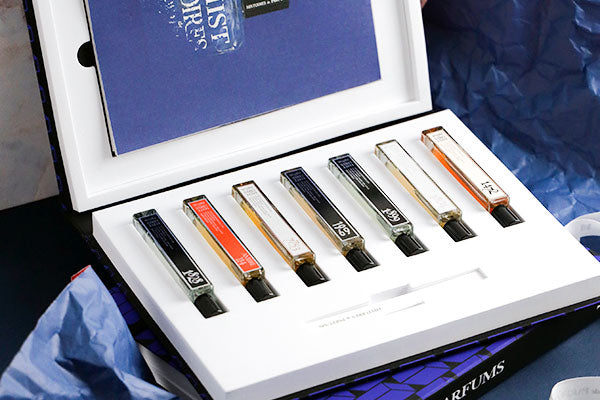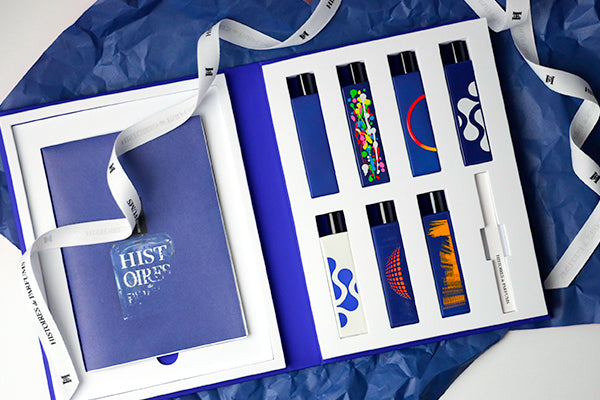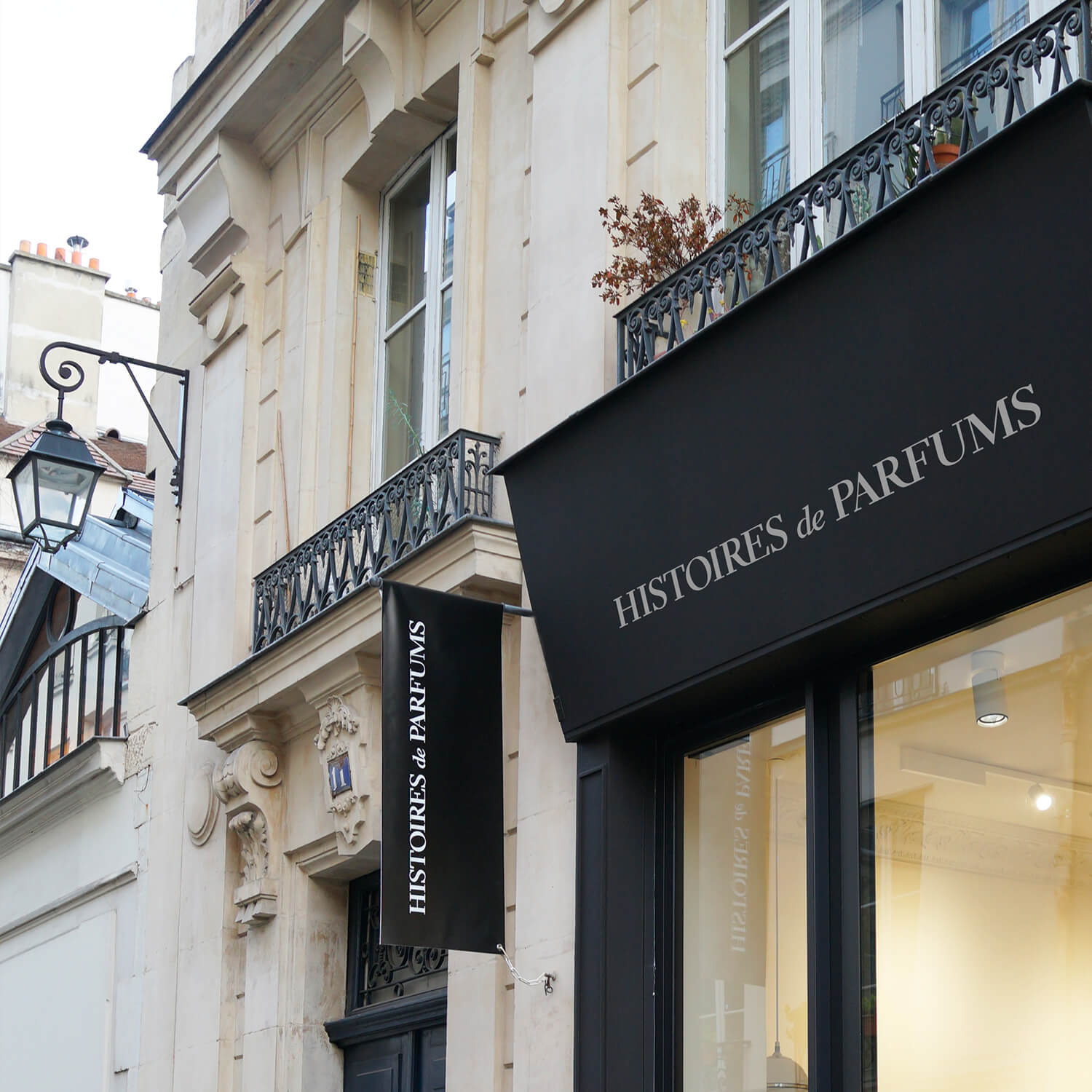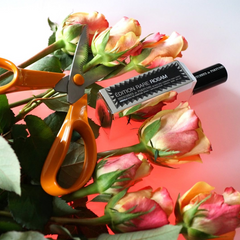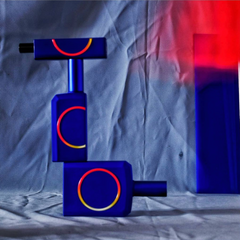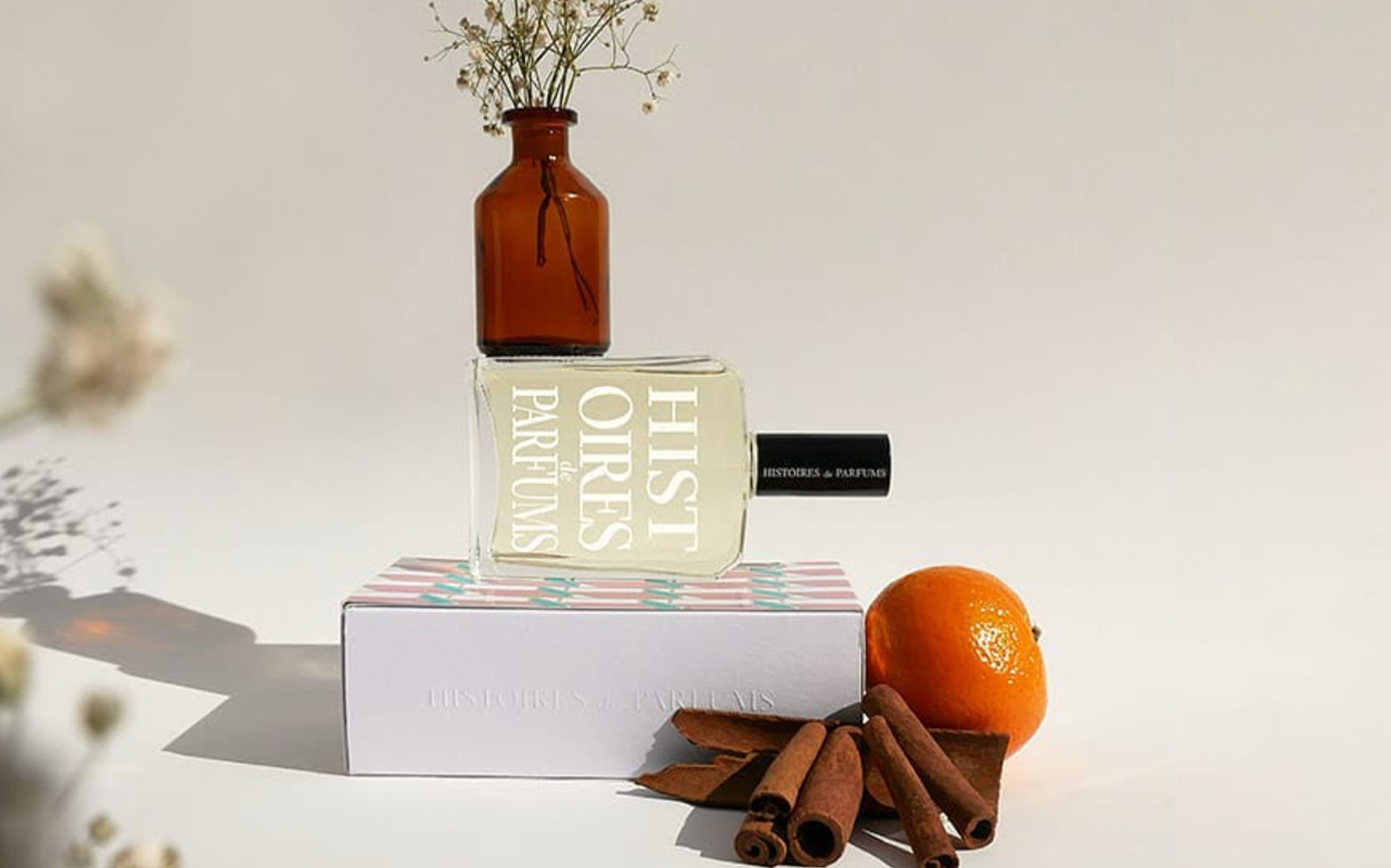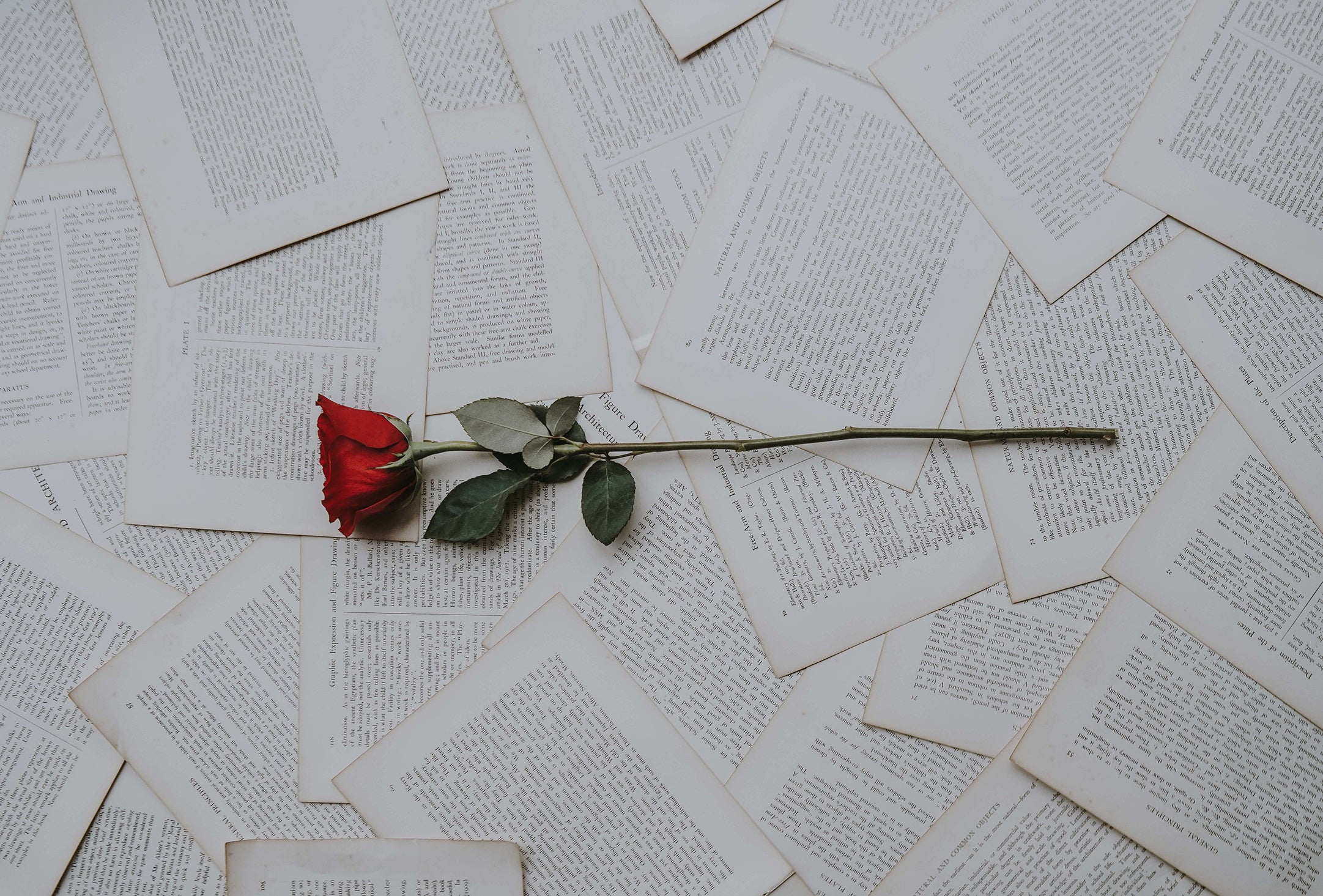
The Queen of Flowers & The Flower of Queens
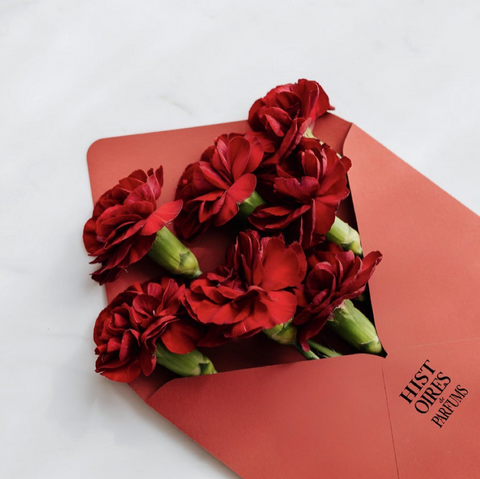
Thinking of perfumery and femininity inevitably leads to looking at the history of the Rose. This flower, the most emblematic of all, almost the queen of all plants, still captures our imagination. Romantic or sensual, fanciful or fantastic, bloody or delicate, the rose comes in so many epithets and fragrant expressions that as soon as we smell them, we are reminded of a collective experience shared for millenia by all of humanity.
The Queen of Flowers
When it comes to the rose, speaking of "millennia" is no overstatement, the oldest fossils of the genus dating back to the Middle Eocene, that is around 40 million years ago. Evidence of its cultivation by mankind is much more recent however, since it dates back to 2500 BC, to the reign of Sargon I, who brought back a tribute of "trees, figs, vines and roses" from an expedition to Asia Minor to plant them in his own country. There, the rose became intimately linked to the cult of Inanna, goddess of Love, Sex and Beauty, Queen of the Heavens, who later became Ishtar, then Astarte and finally Aphrodite for the Greeks, who took up certain aspects of the legend and cult of the former goddesses.
In fact, Sappho already testifies in one of her odes in the 5th century BC to the intimate link between rose and Aphrodite, making it the crown of the latter. Greek legend had it that from the tears of Aphrodite mourning the death of her lover, Adonis, the first red roses sprang forth, an episode that was found painted on Etruscan pottery from the same period and which was commemorated in Athens during the Adonia, a festival during which the citizens laid out "gardens of Aphrodite" overflowing with roses on the roofs of their houses. This link reappears several times in ancient Greek literature, notably in the Iliad when the goddess embalms the deceased Hector with a "divine oil of rose".
However, Sappho was not the only one to make the rose the "Queen of Flowers". In India, one of the many legends surrounding the birth of Lakshmi, also the goddess of beauty and love, says that she was created from 108 and 1008 rose petals after Vishnu proved to Brahma that the rose was the most beautiful flower of all creation...
From Inanna, the rose thus became the symbol of a whole line of maternity and fertility goddesses: Ishtar, Astarte, Astaroth, Aphrodite, then Venus for the Romans, as witnessed by the Pervigilium Veneris in the 2nd century AD. Linked to these divinities, the rose was also linked to their sometimes orgiastic cults and to a certain image of debauchery and decadence. In fact, under the influence of a growing Christianity that was keen to renounce pagan practices, the rose and the use of flowers in general were abandoned during the 1st century. In the 3rd century, Saint Ambrose even made the rose and its thorns a metaphor for the original sin, but in the 4th century, Sedulius completed this idea by insisting that the rose was a rather a symbol of humanity saved through the Virgin Mary.
In the 6th century, Saint Medard crowned virtuous maidens with white roses, at the same time King Childebert had the first-ever rose garden in Europe planted for his wife. Two centuries later, Charlemagne ordered that lilies and roses be cultivated throughout the Empire. All of those impulses would give the rose no longer a perfume of debauchery but an scent of sanctity.
The Flower of Queens
How else could we explain its popularity if not by its perfume?
In Islam, tradition would have it that the rose was created by the Earth, happy that Mohammed had returned from his celestial journey. Elsewhere, the hadiths report that the perfume of the white rose would be that of his sweat while the perfume of the red rose would be that of the archangel Gabriel. The expansion of Islam in Persia will thus undoubtedly have played a considerable role in the development of the popularity of the rose and its industry. As early as the 9th century, Ibn Khaldun mentions in Al-Abr a tribute of 30,000 flasks of rose water, testifying to an already renowned distillation activity. A century later, the first mention of a "rose attar" was found in China in a list of goods imported from Persia for the imperial court, which was already known, since Confucius, to be fond of roses -the imperial library of the Zhou Dynasty counting no less than 600 works relating to the cultivation of this flower.
The distillation processes dating from these periods remain however relatively unknown. In the 10th century, Avicenna perfected those that already existed and invented a method of steam distillation that would remain in use for centuries - the rose water he created was thus exported more and more to the West where it was used for both medicine and gastronomy purposes. In the 13th century, the doctor of the imperial court of Constantinople expressly mentioned, for the first time, a distillation of rose water. Nevertheless, despite all these efforts, no one had yet succeeded in extracting its essence, the "rose oil” that people mentioned at the time being nothing more than an infusion of petals in any given oil.
It was not until the 16th century that Geronimo Rossi noticed the separation of an aqueous phase (rose water) and an oily phase (essence) during distillation in Europe, but his discovery went surprisingly unnoticed. A century later on the other side of the world, Emperor Jehan Ghir married Nur-Jehan in a particularly lavish wedding, having the canal of his garden filled with thousands of rose petals. The story goes that Nur-Jehan noticed an oily and fragrant film floating above the water while she bathed, thus she had the oil collected to perfume herself with it - the rose essential oil was born. Later, in 1683, a traveller's account will attest to a certain Attar Gyl or "rose oil" produced in India from roses grown in Shiraz. However, because of its price and rarity, this Indian oil will not make way to Europe.
In 1710, with the establishment of the first rose plantations in the Kazanlik valley in Bulgaria, that essential rose oil entered the European market, albeit still timidly as the perfumes of the time were still mainly created from citrus and aromatics. It was not until the beginning of the 19th century and the development of a new form of perfumery that rose oil found its way onto the European market. In 1813, a London import notice mentions for the first time a shipment of 6 kg of essential rose oil from Smyrna.
The rose then gradually took on the importance it has today without losing any of its value because despite the new distillation techniques, it still takes no less than 5 tons of flowers to produce 1kg of essential oil. If nowadays Bulgaria remains the production site of essential oil and rose absolute, we can now find some in Turkey, Morocco, without forgetting India and Iran, which thus perpetuate the tradition they started nearly a millennium ago. Other, rarer, roses exist, such as those of Grasse and Taif, the most prized of all, growing on the heights of Arabian mountains.
And it is also to this that the rose owes its status of Queen of Flowers, to this plurality of origins and varieties which impact its olfactory profile because not all roses are the same and very often, two flowers of the same bush will have different smells. For these reasons, we have carefully selected the roses that go into the composition of our fragrances, attentive to their history as much as to their respective charismas.
One, Moldavian, mellow and waxy and candied, marvellously sublimates the voluptuous character of 1876 - Mata Hari, its sweetness shining above a background of vanillic Guaiacwood and nutty Vetiver.
The other, Turkish, resolutely spicier and heavier, more bitter and bloody, serves the vesperal character of Rosam where it counterbalances a background of sharp and resinous Oud, while in Fidelis it is sparkly and ravishing, languid on a background of Raspberry warmed up with ancient Musks.
In This is not a blue bottle 1/.3 finally, it is the Bulgarian rose in all its splendour that joins the leathery notes of Saffron to reveal a chord burning with simplicity, though striking in its modernity.
So many fragrances like so many olfactory expressions in homage to these femininities built since Inanna and Astarte, at once stupefying and maternal, virginal and debauched - the Rose as a way of shouting out in scent the power of Women free in their infinities.

